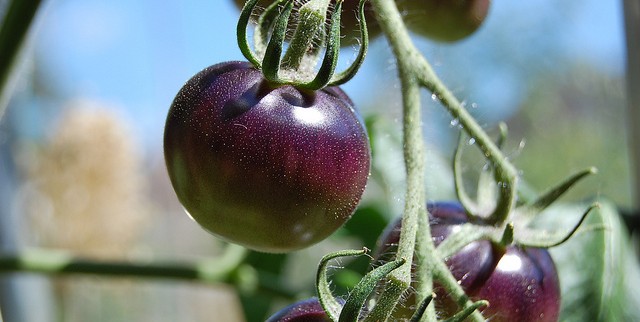by: Jonathan Schoenfeld | The Anti-Media
Propositions are increasing for the development of a keystone pipeline. Because of potential environmental hazards and government theft of native american territory through eminent domain, organizations such as Honor the Earth, the Oglala Sioux Nation, Owe Aku, and Protect the Sacred have issued the following statements:
“The Oglala Lakota Nation has taken leadership by saying “NO” to the Keystone XL Pipeline. They have done what is right for the land, for their people, who, from grassroots organizers like Owe Aku and Protect the Sacred have called on their leaders to stand and protect their sacred lands. And they have: KXL will NOT cross their treaty territory, which extends past the reservation boundaries. Their horses are ready. So are ours. We stand with the Lakota Nation, we stand on the side of protecting sacred water, we stand for Indigenous land-based lifeways which will NOT be corrupted by a hazardous, toxic pipeline.”
Additionally the activists continued to urge others to contribute in the effort to combat the production of the pipeline. They implemented specific actions that contributors can practice as follows:
As Native Nations, we’re ready to protect our homelands from this pipeline, and we need to SHORE UP OUR SUPPORT of organizations like Owe Aku and Protect the Sacred, who are on the ground organizing in the Lakota Nation.We also need to put the pressure on Barack Obama to recognize that:1) The Lakota Nation – a sovereign governmental body – has united its government and grassroots against the pipeline, and the United States needs to honor treaty rights by denying the pipeline.2) There is direct conflict of interest in the report issued by the State Department — the process is broken, and a new report which reflects the true environmental impact is needed.3) This pipeline will, in fact, increase carbon emissions and cause grave and irreversible environmental harm globally. This pipeline would cause direct environmental harm — and put the well-being of all who live in relationship with the Oglala Aquifer at risk.Canada Tarsands Image: Flickr4) In recognition of our responsibilities to protect Mother Earth, Native peoples will not allow this pipeline to come across our treaty areas. We will defend our lives, and our mother Earth, and we need Barack Obama to do the same.
According to politicalblindspot.com:
Those who would like to become further involved and partake in seminars on knowing your rights, blockading and self-defense, first aid and social media, can receive additional information from groups such as Moccasins on the Ground. Debra White Plum of the Lakota Sioux nation is a trainer for the grassroots organization. She said that the group has been training Native activists for this moment for the past year.She says that the training has brought together many geographically distant native groups, fighting towards a common goal.
You can get involved personally and take more action against the Keystone Pipeline on 350.org.
- See more at: Native Americans Promise ‘Direct Action’ to Stop The Keystone Pipeline By Any Means Necessary | The AntiMedia.Org
















